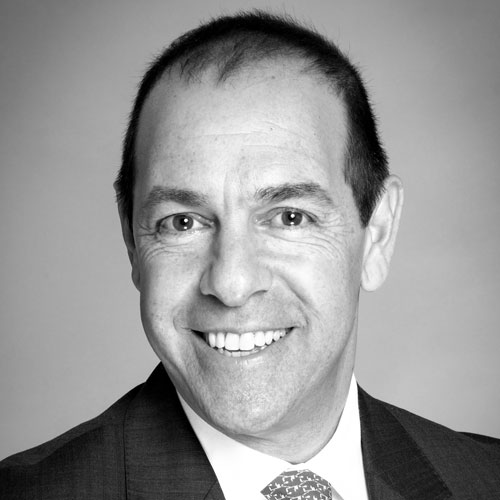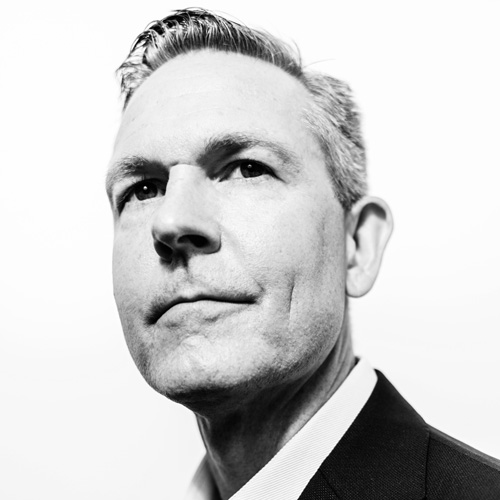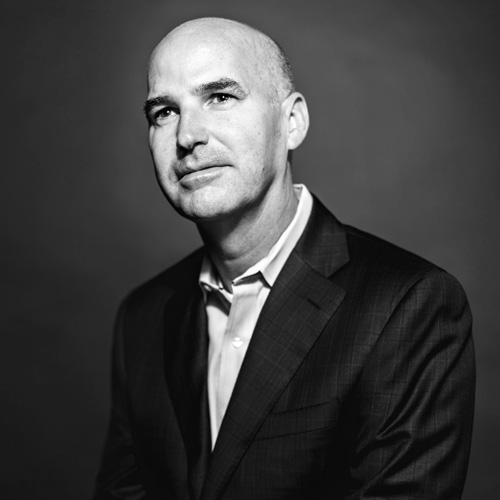Guest Editor Ed Wise sat down with Hy Pomerance to chat about what makes a visionary leader. Read their conversation here.
Hy Pomerance is so committed to connecting a company’s culture to its social mission that he’ll try almost anything. That’s why you would have recently found employees from insurer QBE wielding hammers and saws to rebuild a home destroyed in Hurricane Sandy. In this case, the company made a donation to Habitat for Humanity, was title sponsor for the home, and volunteered for a build-out, sending approximately twelve to twenty employees once or twice a week for a total of seven days.
The experience was invaluable. “Because we’re in the homeowner’s insurance business, I wanted our employees to have the actual experience of putting a family back in their home,” Pomerance says. “Just like they might have with a check if they’re insured by QBE. That begins to create a reminder of—or even a first-time connection with—our mission: why we exist, what our purpose is. ‘Culture’ is when the purpose of the company is alive and well inside the company.”
Culture is more than just a buzzword for Pomerance, who holds a PhD in clinical psychology. In October 2014, he became the chief human resources Officer at QBE, one of the world’s top twenty global insurers and reinsurers and Australia’s largest international insurance and reinsurance group. Previously, he spent five years at New York Life Insurance and had prior stints in the financial services industry and in consulting. Culture, Pomerance says, is a corporate asset. “That’s sort of my big picture lens,” he says. “Just like a product is an asset, just like the smart people that work there are assets, just like the brand is an asset, culture is an asset. I try to create that asset wherever I go.”
That asset is important, Pomerance says, because a strong culture helps drive employee engagement. If culture is the tool, the outcome is increased engagement. This is a thread that has run through all of his work across different industries. In each case, whether in the financial services or insurance industries, he has looked to connect the company and its employees with its mission.
It wasn’t a given that Pomerance would become, as he says, “so passionate about insurance.” After completing his PhD at the Albert Einstein Medical College of Yeshiva University, Pomerance, who also holds a master’s degree in organizational behavior, worked as a family therapist. After several years, however, he followed his interest in human resources into the corporate world, where he found that he loved the challenge of developing new motivational sales training for Ameriprise Financial.
He loved the work so much that he started a consulting firm for HR executives, Red Oak, with other clinical psychologists; he was Red Oak’s managing director for seven years. Red Oak was acquired by Malcom Pirnie Inc., and Pomerance served as a vice president in that company for another seven years. He calls giving up his clinical practice his “most successful mistake,” because it ultimately allowed him to “have an impact in a new way on many more people than I could if I were working one-on-one with individuals and families in my office.”

After the 2008 financial crisis, Pomerance, then at UBS, says he felt “disillusioned with the character of the industry” and moved into the insurance industry, taking a position as a senior vice president and chief talent officer at New York Life Insurance.
He believes the industry has a “potentially powerful social mission” that can, when properly leveraged, help to deliver better experiences to customers and produce greater satisfaction among employees. This is key, he says.
In the case of New York Life Insurance, the social mission was fairly clear. Life insurance, he says, protects and preserves whole communities by keeping families together when breadwinners pass. Buying life insurance is sometimes called “the selfless gift,” according to Pomerance. “When you buy life insurance, you don’t get anything out of it. It’s not for you. It’s for other people,” he says. “You’re taking a highly responsible action to protect your family for the future, and they don’t realize this gift until after you’ve gone.”
To connect employees to this potent mission, and to their customers, Pomerance coordinated opportunities for them to volunteer at bereavement camps. Creating a window into the life of the customer is both internally and externally useful, he says. The corporate mission can serve both “the employment value proposition, the promise to the employee, and the customer value proposition: the promise to the customer,” he explains.
At QBE, one of Pomerance’s foremost goals is to develop and nurture a singular QBE culture. This was a challenge, not only because the company is so large—QBE has more than 16,000 employees in thirty-eight countries—but “because it grew through acquisition, so it had multiple cultures all around. So a ‘One QBE’ culture became the goal,” he says.
Connecting QBE’s employees to the social mission of the company presents a different kind of challenge than it did at New York Life, according to Pomerance. QBE is a very different kind of insurance company, offering property insurance, homeowners insurance, crop insurance—the promise is to underwrite risk and make it happen, he says.
As a result, there’s necessarily a greater distance between the employee and the customer. “We make it possible for business owners to protect their businesses,” he says, but it is more of a challenge to connect employees to that mission. Projects like the Habitat for Humanity building project help employees forge that connection. If they can, he says, “It brings out the best in them.”


